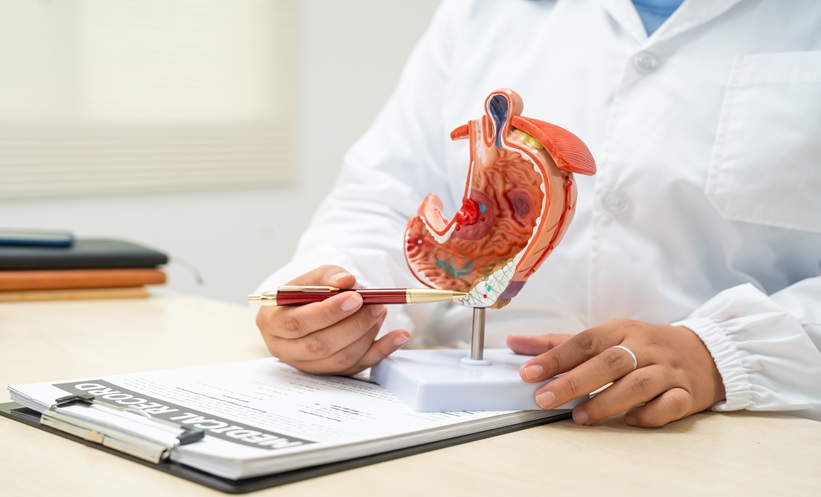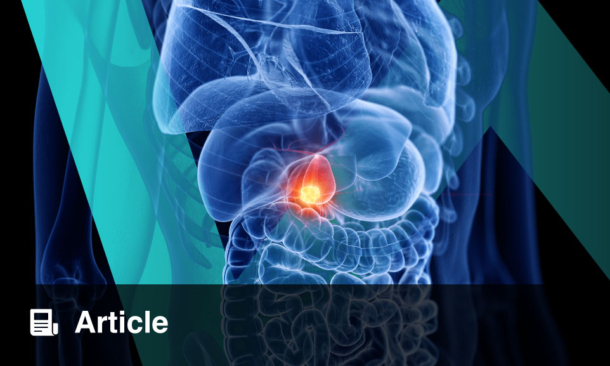BACKGROUND AND AIMS
Crohn’s disease (CD) is a chronic, remitting relapsing inflammatory disease of the gastrointestinal tract. Disease pathogenesis is suggested to be driven by complex interactions of genetic,1,2 environmental, immune, and microbial factors.3 This inherent complexity of the disease, manifested in a widely variable clinical course, makes it difficult to dissect disease mechanisms or to predict disease progression based on the patient’s status at initial diagnosis. Metabolic activities of the microbiome play a central role in maintaining vital physiological processes of the host, including energy harvest,4 protection against pathogens,5 and modulation of host immunity.6 Alterations in metabolite profiles are indicative of functional changes in the microbiome and the development of CD. The aim of this study was to identify functional signatures associated with disease outcome and response to therapy in patients with CD, and to mechanistically characterise their pathogenic potential using humanised gnotobiotic mice and an integrative multiomics approach.
METHODS AND RESULTS
A total of 29 CD patients were studied for a period of 5 years after autologous haematopoietic stem cell transplantation therapy. Faecal samples were collected both at baseline and at different time points during follow-up. To characterise changes in gut microbiome and metabolome, 16S ribosomal RNA gene sequencing was performed, alongside global 16S predicted metagenomes, shotgun metagenomic sequencing, and untargeted metabolomics. To address the functional impact of microbial dysbiosis, a humanised inflammatory bowel disease mouse model was established by colonising germ free IL-10-/- mice with selected faecal samples from CD patients at different disease states. Temporal fluctuations in gut microbiota composition and metabolite profiles reflected individual patient-related variations and differences in disease activity. The faecal microbiome of patients with active disease was enriched in microbial taxa involved in sulphur metabolism such as Eschericia Shigella and Fusobacterium, as well as a high proportion of sulphate-reducing bacteria such as Desulfovibrio and Campylobacter. Faecal metabolic profiling confirmed an increased abundance of sulphated metabolites (bile acids, polyphenols, and biogenic amines). Predicted metagenomes from 16S ribosomal RNA gene profiling revealed enrichment of functional genes associated with sulphate and ion transport system metabolism in CD patients with active disease. In contrast, increased abundance of several basic biosynthetic processes correlated with remission. Transplantation of microbiota from patients with active or inactive disease was reproducibly sufficient to recreate disease phenotypes in recipient IL-10-/- germ-free mice. Humanised mice reflected the dysbiotic features of their respective human donors and inflammation was driven by a variety of individual community profiles of different community configurations. Using a machine learning algorithm, a panel of 10 taxa was identified that could discriminate between humanised mice via their inflammatory status. For instance, it was found that a microbial signature characterised by an overabundance of Bacteroides fragillis and Desulfovibrio classified humanised mice by inflammation with high accuracy. In accordance with the signature identified in humans, enrichment of sulphated metabolites was indicative of an inflamed phenotype, together with an abundance of genes mapping to sulphate metabolism and Type II, IV, and VI secretion systems.
CONCLUSIONS
The present data provide evidence that despite the heterogeneity of CD patients’ gut microbiome at the taxonomic level, shared functional signatures correlate with disease severity. Integration of microbiota and metabolite profiles from both human and mice improved the predictive modelling of disease outcome significantly and identified a network of functionally relevant bacteria–metabolite interactions linked to disease activity in CD.








